How Long Do Edibles Stay In Your System?


Christopher Visser
Multi-Cannabis Business Owner
Christopher Visser, the Founder and CEO of Cannabidiol Life and THCGummies.com, is a distinguished figure in the CBD industry, recognized for his pioneering contributions since 2016. With over 120 published articles, Christopher has become a reputable cannabis researcher, writer, and author. He's built two prosperous cannabis ventures that collectively generated millions in annual sales. His in-depth analysis of numerous cannabis studies, collaboration with medical professionals, and personal engagement with thousands of customers underline his expertise and commitment to advancing cannabis understanding daily.
-
 Written By:
Christopher Visser
Written By:
Christopher Visser
- Published:
- Updated: February 20, 2024
- 2 Comments: Feed The Flame?
Have you ever wondered how long edibles and THC-infused gummies stay in your system? If so, EUREKA! This article gives you not one, but 16 specific marijuana detection time frames; potentially catering to every single edible consumer in the world as we also cover the four most commonly used marijuana drug tests (blood, hair, saliva, and urine).
Table of Contents
- Tags: Drug Tests, How Long
Pre-employment or employment marijuana drug screenings are more or less the main concern of most edible cannabis consumers.
If it’s not because of employment or parental concerns, then that means you’re concerned for legal repercussions (naughty); no judgement here. Whatever you’re reason for wanting to know how long edibles stay in your system, you’ll be happy you landed on this article.
LET’S JUMP RIGHT IN! You Have Two Options:
- Continue reading for a full educational overview.
- Click here to skip the reading and just get the answers you came for.
The Real Trigger To A Positive Marijuana Drug Test That Nobody Talks About
The main cannabinoid present in marijuana edible consumption is Delta-9 Tetrahydrocannabinol, or ∆9-THC for short. This specific cannabis compound, AKA Cannabinoid, is the main cause of what makes people feel “high,” and it can stay in the body for several days or even weeks. [1]
With that said, did you know that marijuana drug tests aren’t even looking for this cannabis compound?
Yes, you read that correctly.
Positive marijuana drug tests are triggered by THC Metabolites, which is basically what Delta-9 THC transforms into after you consume it.
Upon consumption of THC whether it be inhalation or ingestion, our bodies convert THC into a THC metabolite called, tetrahydrocannabinol carboxylic acid (THC-COOH); this, my friends, is a marijuana drug tests’ best friend and your arch nemesis.
Factors That Impact How Long Edibles Are Detectable In The Human Body
The length of time that THC-COOH stays in your body in levels high enough to trigger a positive marijuana drug test depends on the following factors:
- Your body fat ratio
- Frequency of use
- Amount of THC consumed
- The sensitivity of the specific drug test
All of the above can play a role in determining whether or not the presence of THC metabolites will show up on a drug test. [2] Unlike alcohol, which weed always gets compared to for some reason, can completely disappear from the body in several hours [3], weed lingers much longer in the body.
Why Edibles Tend To Stick Around Longer
This is because THC binds with the fat cells in our bodies and does not entirely disappear until those fat cells are consumed for energy. [4]
The lower your body’s fat percentage is, and the faster the rate at which you burn and process fat (think exercise + metabolism), the more quickly the substance will not trigger a positive test result for the presence of THC. [5]
What if you had only one puff or just ate one edible… can drug tests still detect the THC molecules in your system?
How Long Does One Nibble Of A Weedible Stay In Your System?
Just as an FYI, the time it takes for THC-COOH to be detectable by a marijuana urine test after a single bite of an potent edible is about 60 minutes! This Delta-8 THC and Delta-9 THC clinical test confirms it.
Smoking/Inhaling Marijuana
Drug tests can detect tetrahydrocannabinol in blood, hair, saliva (oral fluid), and urine for many days after marijuana consumption, saliva tests can typically only detect THC for a few hours. [6] So chances are if you just smoked marijuana once, an oral test would only pick it up for a few hours or days. This is because of the way the body metabolizes THC.
Ingesting THC-Infused Edibles
Well, how long edibles stay in your system for drug tests will again vary based on the factors previously discussed above.
If you eat a marijuana edible that contains THC, that cannabinoid will bond with your fat cells and can take a week up to even a month before it is processed. In rare cases where someone is a chronic user, it can even take multiple months before their system is completely flushed clean of all cannabinoids. [7]
If you take one hit of weed or if you eat a single THC gummy for the first time, it won’t stay in your system very long, however, it can still be detectable.
Four Drug Tests, Four Frequencies of THC Use = 16 THC Detection Windows
In the following sections, I break down the four types of THC drug tests (blood, hair, saliva, and urine) and I share the THC detection windows (how long THC is detectable in your body) for each test.
All information provided is backed heavily by research and clinical studies, all cited to support the approximate detection windows for the following categories that THC edible gummy consumers may fall into:
- Single Use
- Occasional Use
- Regular Use
- Chronic Use
By the way, if you were wondering how long a THC gummy stays in your system compared to, say, a brownie, the difference is negligible as the type of THC edible that you eat does not drastically affect the THC detection window [8].
How Long Edibles Are Detectable In The Human Body
For clarity, “edibles” isn’t the right word to use here, but more so, “Delta-9 THC.” Delta-9 THC is the most notable cannabinoid found in edibles that, if detected, will trigger a positive drug test.
Now, since the “human body” is too general when it comes to giving you the most accurate time frames of how long edibles and edible gummies are detectable, we MUST break down the answer into four sections.
The reason for this breakdown is because there are four specific THC drug tests that are used. So, if you thought you only had a edible urine drug test to be worried about, that is far from the truth.
Proper Preparation Prevents Poor Performance!
At THCGummies.com, we always properly prepare our readers and customers.
So, How Long Do Edible Cannabis Products Last In Your System?
Immediately below you will find the short answer for all four marijuana drug tests (blood, hair, saliva, and urine).
- The numbered list will offer you links to learn more about you can use to learn more about a particular test.
- The infographic shares the same information but it allows you the option to download, save, and hopefully share online.
- Marijuana Blood Tests: Up to one week (7-days) – Learn more.
- Marijuana Hair Tests: Up to three months (90-days) – Learn more.
- Marijuana Oral Fluid/Saliva Tests: Up to one week (7-days) – Learn more.
- Marijuana Urine Tests (Most Common): Two weeks (14-days) up to three months (90-days); variance is based on consumption frequency – Learn more.
You’re all set!
If you’re a research junkie like me and are a stickler for authoritative references to support the narrative, please continue reading.
I offer 6-7 research studies for each of the four drug tests to support the information found on the infographic above.
THC screenings via blood tests is first up!
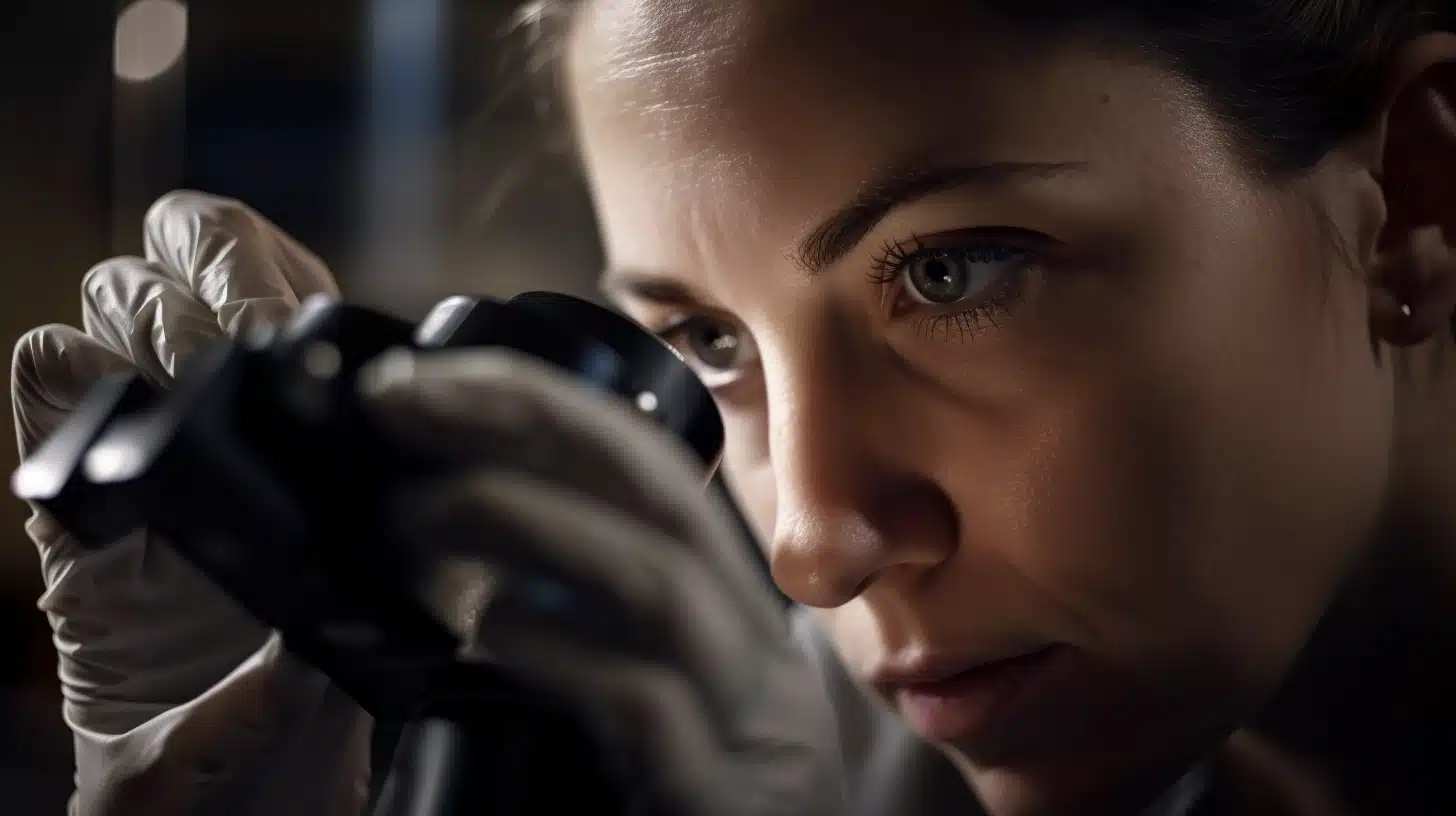
#1. How Long Are Edibles Detectable In Your Blood?
Here are six research studies and their findings:
A 2005 review covers the pharmacokinetics and metabolism of THC, providing insights into its detection in various biological matrices, including blood. [9]
A 2007 comprehensive review discusses human cannabinoid pharmacokinetics, including the detection of THC in blood. [10]
A 2008 study compares cannabinoid pharmacokinetic properties in occasional and heavy users, which can provide insights into the detection of THC in blood and other biological matrices. [11]
A 2011 study investigates whole-blood and plasma free and glucuronidated cannabinoid pharmacokinetics following controlled smoked cannabis administration, providing insights into THC detection in blood. [12]
A 2013 study examines the effects of cannabis and alcohol on simulated driving, including a discussion on THC detection in blood following cannabis use. [13]
- A 2020 study investigates the cannabinoid profiles in whole blood and oral fluid of occasional and heavy cannabis smokers, providing insights into THC detection in blood. [14]
From these studies, we can educatively say that the detection window for THC in blood is generally shorter compared to other biological matrices like urine or hair.
THC Detection Windows Based On Edible Consumption Frequency:
In general, the detection window for THC in blood will vary from person to person. However, here are accurate averages of the timelines for THC detection windows for blood tests:
- Single Use: Up to 24 hours.
- Occasional Use: About 1-3 days.
- Regular Use: Up to 7 days.
- Chronic Use: More than a week in some cases.

#2. How Long Are Edibles Detectable In Your Hair?
A Hair Follicle Drug Test involves collecting a small sample of hair directly from the scalp. The hair sample is then sent to a laboratory to go through a series of treatments and tests. The hair sample will be washed and then chemically treated to detect THC metabolites.
While this test is deemed effective for detecting THC use with avid weed consumers, there are some concerns about the accuracy when testing people that don’t use cannabis often.
Here are seven research studies and their findings:
- A 2007 review article provides an overview of cannabinoid pharmacokinetics, including the detection of THC in hair. [15]
- In a chapter of a book published in 2017 titled, In Cannabis Detection in Body Fluids, it discusses the detection of cannabis use in drivers, including hair testing for THC. [16]
- A 2015 study investigates the detection of THC and THCA-A in hair after handling cannabis plant material. [17]
- A 2020 study examines the effect of cosmetic treatment on THC detection in both dark and fair hair types. [18]
- A 2010 study reports on the potency trends of THC and other cannabinoids in confiscated cannabis preparations over a 15-year period. [19]
- A 2011 study focuses on differentiating new cannabis use from residual urinary cannabinoid excretion in chronic, daily cannabis users. While it doesn’t directly discuss hair testing, it provides insights into the complexities of detecting THC and other cannabinoids in different types of samples. [20]
- A 2018 review article discusses the latest developments in cannabinoid markers in biological fluids and tissues, including hair, to reveal cannabis intake. It provides a comprehensive overview of various methods and considerations for detecting THC in different sample types. [21]
THC Detection Windows Based On Edible Consumption Frequency:
Here are the timelines for THC detection windows in hair:
Single Use: THC hair drug tests are generally not sensitive enough to detect single or very infrequent use of Marijuana as THC metabolites haven’t built up into the hair shaft to be detectable and is generally considered to have a low probability.
Occasional Use: Generally, 1-3 months.
Regular Use: About 3 months.
- Chronic use: THC may be detectable in hair for even longer periods, as the repeated use of cannabis can lead to higher concentrations of THC metabolites in hair.
The Growth Rate Of Your Hair
Individual marijuana detection windows for hair screenings can vary based on factors like individual metabolism, hair color, the sensitivity of the testing method, but oddly, your hair growth rate as well.
Hair grows approximately 0.5 inches (1.27 cm) per month, and the most common hair drug test analyzes the most recent 1.5 inches (3.81 cm) of hair growth.
Therefore…
1.5 inches divided by 0.5 inches equals 3-month THC detection window for Hair (approximately 90 days) for regular and chronic cannabis consumers.
GOOD NEWS FOR NON-AVID CONSUMERS!
If you smoked weed or ate a THC gummy only one time, you’ll be happy to know that THC hair testing is NOT a suitable drug test for detecting single or infrequent marijuana use, but more so, for regular and chronic use.

#3. How Long Are Edibles Detectable In Your Saliva?
Here are six research studies and their findings:
- A 2011 study investigates the presence of cannabinoids in the oral fluid of chronic, daily cannabis smokers during a period of sustained, monitored abstinence. [22]
- A 2011 study explores the presence of cannabinoids in oral fluid following passive exposure to marijuana smoke. [23]
- A 2015 study examines non-smoker exposure to secondhand cannabis smoke and its effects on urine and oral fluid drug testing. It provides insights into THC detection in both matrices following passive exposure. [24]
A 2008 study compares cannabinoid pharmacokinetic properties in occasional and heavy users, which can provide insights into the detection of THC in saliva and other biological matrices. [25]
A 2006 study focuses on the detection of THCA, a non-psychoactive precursor of THC, in oral fluid using a sensitive analytical method, providing information on the presence of THC-related compounds in saliva. [26]
A 2013 study investigates oral fluid cannabinoid concentrations in chronic frequent and occasional smokers following controlled smoked cannabis. [27]
THC Detection Windows Based On Edible Consumption Frequency:
In general the detection window for THC in saliva can vary depending on factors such as frequency of use, the individual’s metabolism, and the sensitivity of the testing method.
Here are some approximate detection windows for THC in saliva:
- Single Use: Up to 24 hours.
- Occasional Use: 1-3 days.
- Regular Use: Up to 1 week.
- Chronic Use: Up to 1 week or longer.

#4. How Long Are Edibles Detectable In Your Urine?
Here are seven research studies and their findings:
- A 2013 study investigates the impact of prolonged cannabinoid excretion on drugged driving laws and provides insights into THC detection in chronic daily cannabis smokers. [28]
A 2015 study focuses on the psychomotor and neurocognitive effects of smoked cannabis and discusses THC detection in occasional and frequent smokers. [29]
A 2011 study investigates the plasma cannabinoid pharmacokinetics following controlled oral THC administration, helping provide insights into THC metabolism and excretion in urine detection. [30]
A 2011 study focuses on differentiating new cannabis use from residual urinary cannabinoid excretion in chronic, daily cannabis users, providing insights into THC detection in urine for various usage patterns. [31]
A 1985 study investigates the excretion patterns of cannabinoid metabolites in chronic users. [32]
A 2005 review article provides an overview of the pharmacokinetics and metabolism of plant cannabinoids, including THC, with a focus on detection in various biological matrices like urine. [33]
A 1999 study investigates the urinary excretion of THC and its metabolites in frequent and infrequent drug users. [34]
Urine Test THC Detection Windows Based On Edible Consumption Frequency:
The detection window for THC in urine, again, will vary per person, so take these accurate averages below as great starting point, but never rely on this as a fact.
Here are some approximate detection windows for THC in urine:
- Single Use: Up to 3 days, but could be a little longer.
- Occasional Use: About 7-10 days.
- Regular Use: 15-30 days or even longer.
- Chronic Use: More than 30 days, sometimes up to 45-90 days.
Please note that these are general guidelines, and individual detection windows can vary based on the factors mentioned earlier.
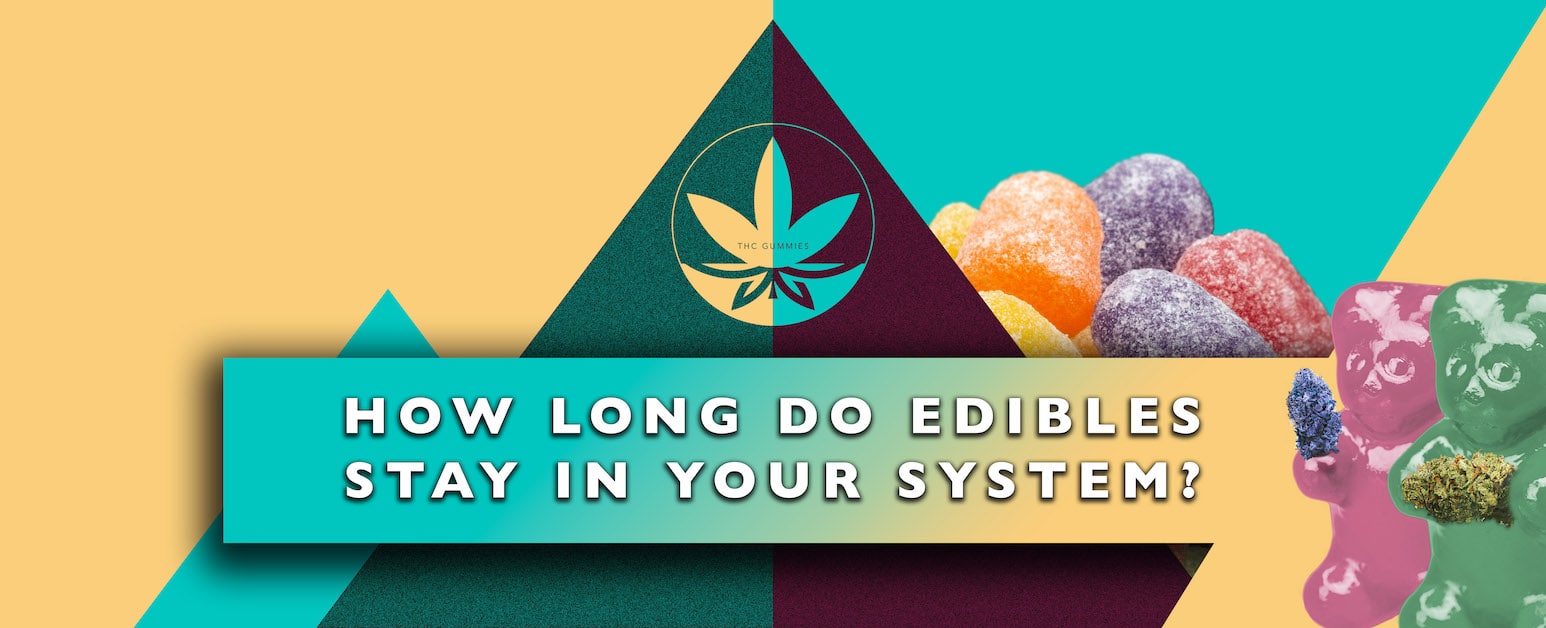
Summary
If you’re worried about how long marijuana stays in your system because of a required future drug test, your best bet is to avoid consuming edibles and THC gummies altogether.
However, if you are intent on eating edibles or if you consume weed habitually, please revisit the infographic on how long edibles stay in your system above and follow it to the best of your availability so you don’t get into any trouble.
Stay safe and as always, enjoy responsibly!
REFERENCES
- https://www.pnas.org-content/95/14/8268.short
- https://ndcrc.org/-The_Marijuana_Detection-Window.pdf
- http://beta.drinkfox.com/-information/alcohol-metabolism
- http://www.jbc.org/-content/290/14/8711.short
- http://dmd.aspetjournals.org/-content/20/2/241.short
- https://academic.oup.com/-jat/article/25/8/691/727606
- https://www.sciencedirect.com/-abs/pii/S0376871613002962
- http://jpet.aspetjournals.org/-content/261/1/114.short
- Huestis, M. A. (2005). Pharmacokinetics and metabolism of the plant cannabinoids, delta9-tetrahydrocannabinol, cannabidiol and cannabinol. Handbook of Experimental Pharmacology, 168, 657-690.
- Huestis, M. A. (2007). Human cannabinoid pharmacokinetics. Chemistry & Biodiversity, 4(8), 1770-1804.
- Toennes, S. W., Ramaekers, J. G., Theunissen, E. L., Moeller, M. R., & Kauert, G. F. (2008). Comparison of cannabinoid pharmacokinetic properties in occasional and heavy users smoking a marijuana or placebo joint. Journal of Analytical Toxicology, 32(7), 470-477.
- Schwope, D. M., Karschner, E. L., Gorelick, D. A., & Huestis, M. A. (2011). Identification of recent cannabis use: whole-blood and plasma free and glucuronidated cannabinoid pharmacokinetics following controlled smoked cannabis administration. Clinical Chemistry, 57(10), 1406-1414.
- Downey, L. A., King, R., Papafotiou, K., Swann, P., Ogden, E., Boorman, M., & Stough, C. (2013). The effects of cannabis and alcohol on simulated driving: Influences of dose and experience. Accident Analysis & Prevention, 50, 879-886.
- Hädener, M., Gelmi, T. J., Martin Fabritius, M., Weinmann, W., & Pfäffli, M. (2020). Whole blood and oral fluid cannabinoid profiles of occasional and heavy smokers of cannabis: An experimental study. Drug Testing and Analysis, 12(10), 1339-1349.
- Huestis, M. A. (2007). Human cannabinoid pharmacokinetics. Chemistry & Biodiversity, 4(8), 1770-1804.
- Kintz, P. (2017). Detection of Cannabis Use in Drivers. In Cannabis Detection in Body Fluids (pp. 53-62). Humana Press, New York, NY.
- Moosmann, B., Roth, N., & Auwärter, V. (2015). Hair analysis for Δ9-tetrahydrocannabinolic acid A (THCA-A) and Δ9-tetrahydrocannabinol (THC) after handling cannabis plant material. Drug Testing and Analysis, 7(1), 49-54.
- Hill, V., Stowe, G. N., & Martin, T. M. (2020). Detection of THC in dark and fair hair types: Effect of cosmetic treatment. Forensic Science International, 310, 110242.
- Mehmedic, Z., Chandra, S., Slade, D., Denham, H., Foster, S., Patel, A. S., … & ElSohly, M. A. (2010). Potency trends of Δ9-THC and other cannabinoids in confiscated cannabis preparations from 1993 to 2008. Journal of Forensic Sciences, 55(5), 1209-1217.
- Schwilke, E. W., Gullberg, R. G., Darwin, W. D., Chiang, C. N., Cadet, J. L., Gorelick, D. A., … & Huestis, M. A. (2011). Differentiating new cannabis use from residual urinary cannabinoid excretion in chronic, daily cannabis users. Addiction, 106(3), 499-506.
- Huestis, M. A., & Smith, M. L. (2018). Cannabinoid markers in biological fluids and tissues: Revealing intake. Trends in Molecular Medicine, 24(2), 156-172.
- Lee, D., Milman, G., Barnes, A. J., Goodwin, R. S., Hirvonen, J., Huestis, M. A. (2011). Oral fluid cannabinoids in chronic, daily Cannabis smokers during sustained, monitored abstinence. Clinical Chemistry, 57(8), 1127-1136.
- Moore, C., Coulter, C., Uges, D., Tuyay, J., van der Linde, S., van Leeuwen, A., … & Vincenti, M. (2011). Cannabinoids in oral fluid following passive exposure to marijuana smoke. Forensic Science International, 212(1-3), 227-230.
- Cone, E. J., Bigelow, G. E., Herrmann, E. S., Mitchell, J. M., LoDico, C., Flegel, R., & Vandrey, R. (2015). Non-smoker exposure to secondhand cannabis smoke. I. Urine screening and confirmation results. Journal of Analytical Toxicology, 39(1), 1-12.
- Toennes, S. W., Ramaekers, J. G., Theunissen, E. L., Moeller, M. R., & Kauert, G. F. (2008). Comparison of cannabinoid pharmacokinetic properties in occasional and heavy users smoking a marijuana or placebo joint. Journal of Analytical Toxicology, 32(7), 470-477.
- Day, D., Kuntz, D. J., Feldman, M., & Presley, L. (2006). Detection of THCA in oral fluid by GC-MS-MS. Journal of Analytical Toxicology, 30(8), 645-650.
- Anizan, S., Milman, G., Desrosiers, N., Barnes, A. J., Gorelick, D. A., & Huestis, M. A. (2013). Oral fluid cannabinoid concentrations following controlled smoked cannabis in chronic frequent and occasional smokers. Analytical and Bioanalytical Chemistry, 405(29), 9421-9431.
- Bergamaschi, M. M., Karschner, E. L., Goodwin, R. S., Scheidweiler, K. B., Hirvonen, J., Queiroz, R. H., & Huestis, M. A. (2013). Impact of prolonged cannabinoid excretion in chronic daily cannabis smokers’ blood on per se drugged driving laws. Clinical Chemistry, 59(3), 519-526.
- Desrosiers, N. A., Ramaekers, J. G., Chauchard, E., Gorelick, D. A., & Huestis, M. A. (2015). Smoked cannabis’ psychomotor and neurocognitive effects in occasional and frequent smokers. Journal of Analytical Toxicology, 39(4), 251-261.
- Karschner, E. L., Darwin, W. D., Goodwin, R. S., Wright, S., & Huestis, M. A. (2011). Plasma cannabinoid pharmacokinetics following controlled oral Δ9-tetrahydrocannabinol and oromucosal cannabis extract administration. Clinical Chemistry, 57(1), 66-75.
- Schwilke, E. W., Gullberg, R. G., Darwin, W. D., Chiang, C. N., Cadet, J. L., Gorelick, D. A., … & Huestis, M. A. (2011). Differentiating new cannabis use from residual urinary cannabinoid excretion in chronic, daily cannabis users. Addiction, 106(3), 499-506.
- Ellis, G. M., Mann, M. A., Judson, B. A., Schramm, N. T., & Tashchian, A. (1985). Excretion patterns of cannabinoid metabolites after last use in a group of chronic users. Clinical Pharmacology & Therapeutics, 38(5), 572-578.
- Huestis, M. A. (2005). Pharmacokinetics and metabolism of the plant cannabinoids, Δ9-tetrahydrocannabinol, cannabidiol and cannabinol. Cannabinoids, 657, 657-690.
- Smith-Kielland, A., Skuterud, B., & Mørland, J. (1999). Urinary excretion of 11-nor-9-carboxy-Δ9-tetrahydrocannabinol and cannabinoids in frequent and infrequent drug users. Journal of Analytical Toxicology, 23(5), 323-332.

If this article sparked a new insight, pass the flame…
LET’S IGNITE RIPPLES OF CANNABIS WISDOM.
Be the catalyst for someone’s breakthrough moment.
SHARE ON SOCIAL MEDIA

YOUR CANNABIS EDIBLE
JOURNEY CONTINUES:
Looking For Something Else?

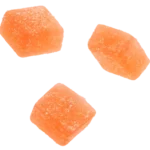
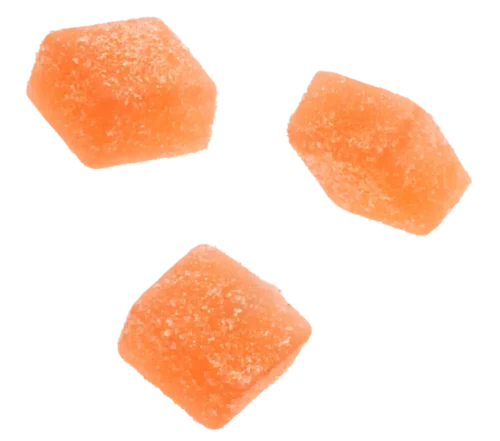

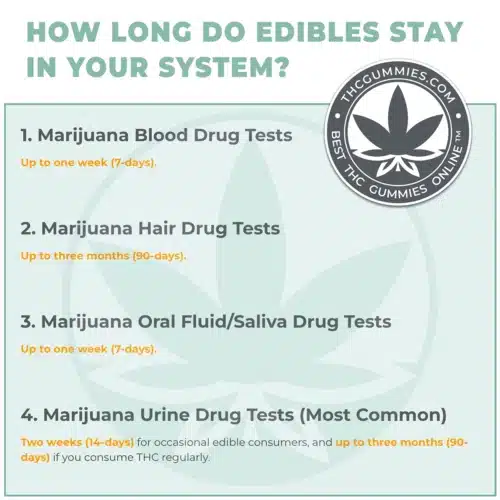
2 Responses
We couldn’t agree more. Although, we also lean towards, “If nature provided it, its legal for use.”
Government oversight on a plant, or any organic substance, and NOT created by man, should never be allowed.
Putting regulations on nature or on people trying to access it, is an overstep.
If it’s lab/man-made, that’s a completely different scenario and should be treated as such.
Thoughts?
Medical Marijuana Cards are always a great choice for patients with qualifying conditions.